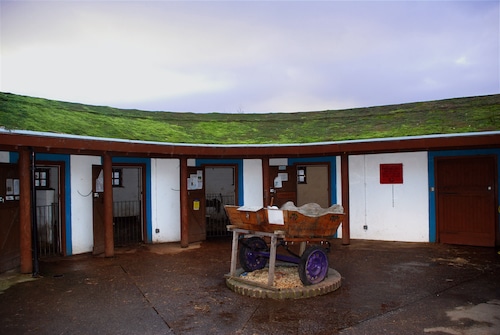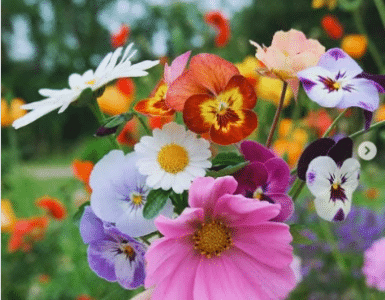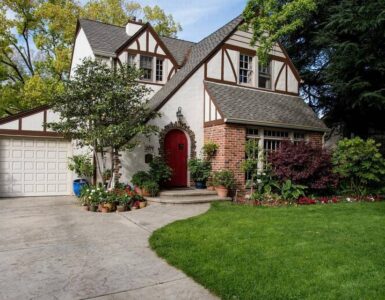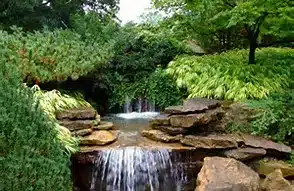Green roofs have gained popularity in recent years as a sustainable and eco-friendly roofing option. Green roofs, also known as living roofs, involve the installation of vegetation and other natural elements on top of a building’s roof. Not only do they provide a stunning aesthetic, but they also offer numerous benefits such as mitigating the urban heat island effect, improving air quality, conserving water, and promoting biodiversity.
Design Element
Green roof design elements involve the use of roof gardening to create a lush oasis. By incorporating native plants, rainwater harvesting for irrigation and water conservation, enhancing biodiversity and creating wildlife habitat, exploring urban agriculture and rooftop farming, mitigating the urban heat island effect through natural insulation, and utilizing green infrastructure for stormwater management and energy efficiency, you can design a green roof that is both aesthetically pleasing and functional.
Roof Gardening
Roof gardening is the process of designing, planting, and maintaining a garden on a building’s roof. It is a great way to transform a plain, barren roof into a lush oasis. The type of vegetation you select will depend on your location, climate, and the structure of your building. It is essential to choose plants that can withstand the harsh conditions of a rooftop such as wind, extreme temperatures, and limited soil depth.
Native Plants
Choosing native plants for your green roof design is essential to ensure a thriving ecosystem. Native plants are adapted to the local climate, and they require less maintenance and water than non-native plants. By incorporating native plants into your green roof design, you are promoting biodiversity and supporting the local ecosystem.
Rainwater Harvesting
One of the most significant benefits of a green roof is the ability to conserve water. By incorporating a rainwater harvesting system, you can collect rainwater from your roof for irrigation. Rainwater harvesting not only conserves water but also reduces the burden on the stormwater system.
Biodiversity
Green roofs provide a habitat for a variety of wildlife such as birds, butterflies, and bees. By incorporating a variety of plants and creating wildlife habitat, you can promote biodiversity and support the local ecosystem.
Urban Agriculture
Green roofs can also be used for urban agriculture and rooftop farming. This is a great way to grow your vegetables, promote food security, and reduce your carbon footprint. With the proper design and installation, you can create a thriving garden on your roof.
Natural Insulation
Green roofs provide natural insulation, reducing the energy required to heat and cool your building. The vegetation on a green roof absorbs and reflects sunlight, reducing heat gain during the summer and retaining heat during the winter.
Green Infrastructure
Green infrastructure involves using natural elements to manage stormwater and promote energy efficiency. By incorporating green infrastructure into your green roof design, you can reduce the burden on the stormwater system and promote energy efficiency.
Green Roof Metal Roofing Roofing Factoids Shingle ColorsFAQ – Frequently Asked Questions
Green Roofs
The cost of installing a green roof can vary depending on the size, location, and complexity of the design. However, the benefits of a green roof such as reduced energy costs, increased property value, and environmental benefits far outweigh the installation cost.
Green roofs require regular maintenance such as watering, fertilizing, and pruning. However, the maintenance required is minimal compared to traditional roofing.
Yes, you can grow vegetables on a green roof. However, it is essential to choose plants that can thrive in the conditions of your roof.
Green roofs improve air quality by absorbing pollutants and releasing oxygen. They also reduce the heat island effect, which can lead to smog and air pollution.
When choosing plants for your green roof, it is essential to consider the climate and conditions of your roof. Native plants are a good choice as they are adapted to the local environment and require less maintenance.
A green roof can attract pests or rodents, but this can be managed through proper design and maintenance. For example, you can use pest-resistant plants and install a barrier around the perimeter of the roof.
Green roofs offer numerous benefits for the environment, building owners, and communities. By incorporating green roof design elements such as roof gardening, native plants, rainwater harvesting, biodiversity, urban agriculture, natural insulation, and green infrastructure, you can transform your roof into a lush oasis. With the increasing interest in sustainability and eco-friendly practices, green roofs are becoming an increasingly popular choice for homeowners and businesses alike. Consider a green roof for your home or business to promote sustainability and create a beautiful and functional space.




